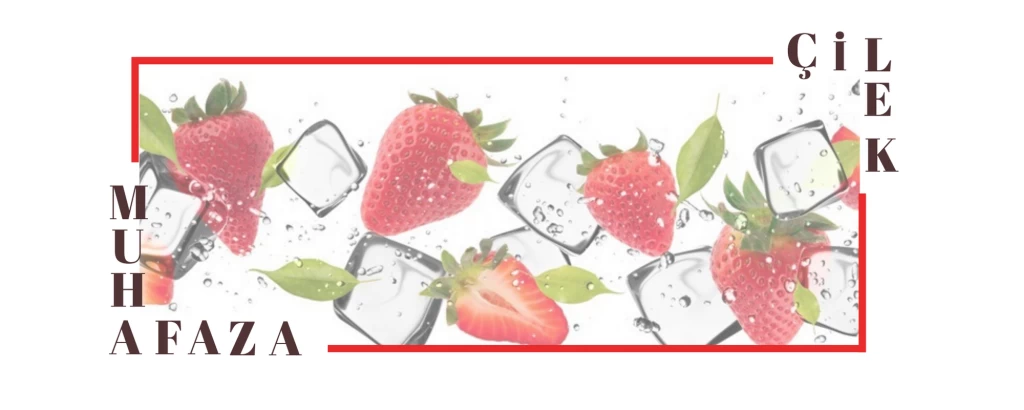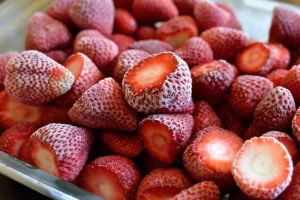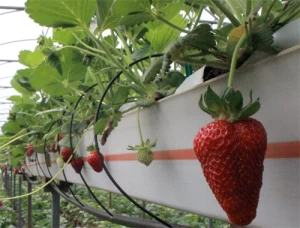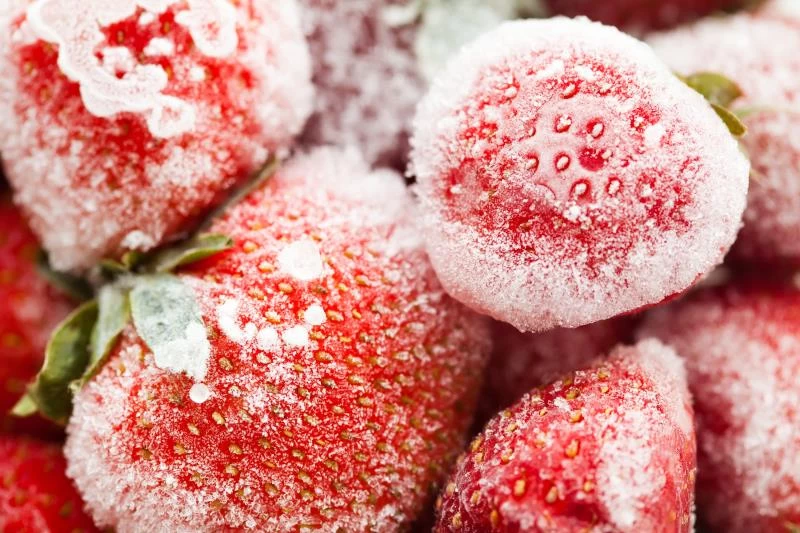



Keeping the temperature at the desired level is the most important factor in reducing fruit rot and prolonging the post-harvest life. The best way to keep rot to a minimum is to ensure that the fruits are moved as quickly as possible to a near-zero temperature environment. The spoilage of ripe fruit is associated with high fruit temperature, whose rapid metabolic activities lead to decay development and internal spoilage. Mistakes in providing low temperature during the collection, storage and transportation of fruits will also lead to reductions in the amount of marketable and quality products. Fruits kept at 20 oC can only survive 25-50% compared to fruits kept at 0 oC.

Shelf life of strawberry fruits can be reduced to just a few hours if kept close to 30 oC. After the fruits are collected, they should be protected from the heat during their stay in the field. Due to their dark color, if they are exposed to direct sun, they will absorb heat and may rise to temperatures higher than the air temperature. The amount of heat in the fruit varies according to the temperature difference between the fruit and the air, the exposure to the sun, the air flow over the fruit, the current humidity level on the air or the fruit. Pre-cooling (quick removal of field heat) in strawberries must be done within one hour after harvest. A delay of 2,4,6.8 hours in cooling reduces marketable fruit (20%, 37%, 50% and 70%, respectively).

These values were determined according to the fruits stored at 25 oC. The most common method used for precooling for fruit is with air-cooling using power. This is the fastest and most widely accepted system in small businesses. In this system, cold air is sent into the rooms where the fruit boxes are located. Allows cold air to contact hot fruits directly. It is important that the strawberry packages are placed in such a way that the cold air touches all the fruits. The most common design is the arrangement consisting of a tunnel. Gaps are left between the two rows of loaded pallets and the top and end area of the tunnel is covered with an awning. With the help of an exhaust fan, the air inside is thrown out, while a negative air pressure is created. The cold air moves through the gaps between the rows and the packages and contacts the hot fruits and circulates through the room, allowing the fruit heat to be transferred to the outside.